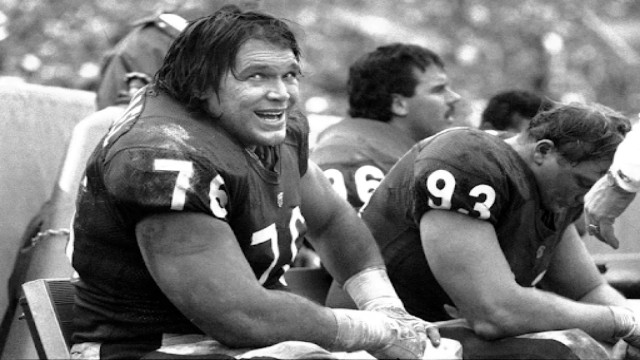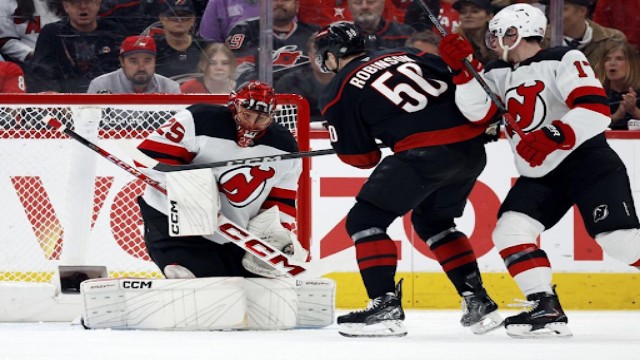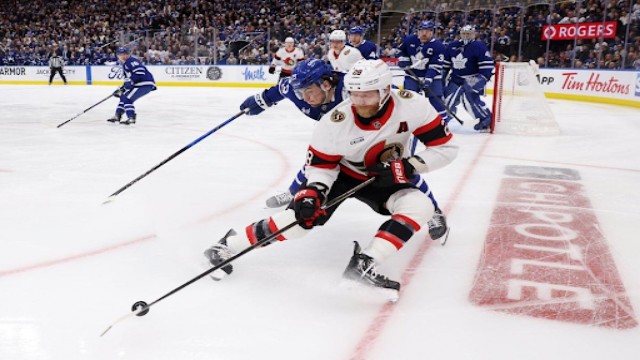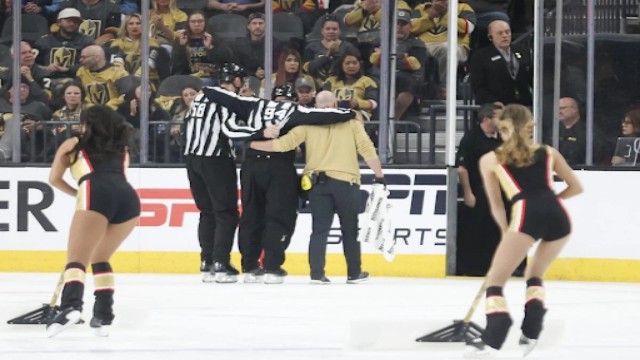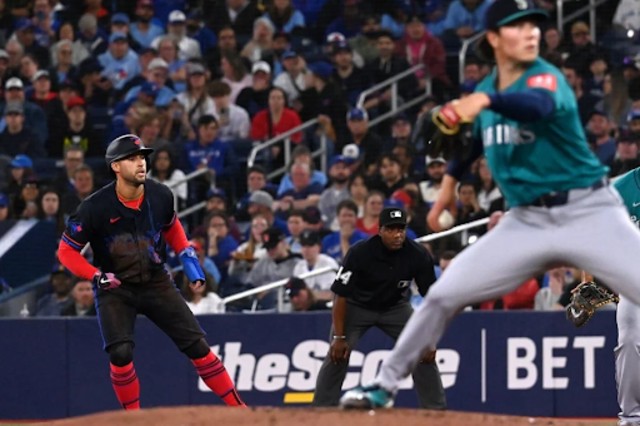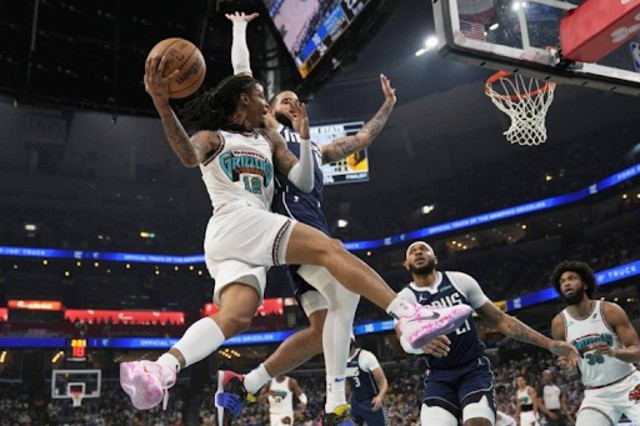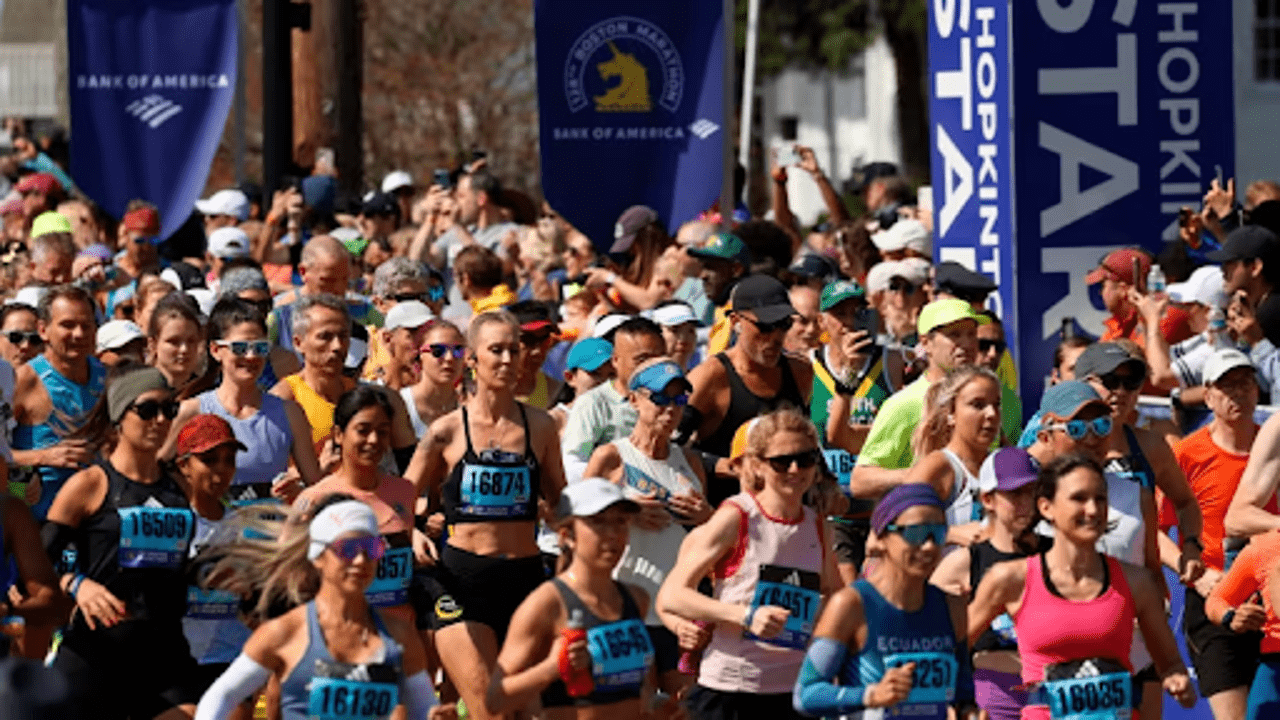
It's becoming increasingly difficult each year for recreational runners to qualify for the Boston Marathon, making it a bigger challenge just to make it to the start line. (Mary Schwalm/The Associated Press)
The Boston Marathon organizers recently announced a significant adjustment to the qualifying times for the upcoming race. Runners under 60 years old now need to shave five minutes off their previous qualifying times, marking the first adjustment since 2019. While this may seem like a major change, there's a deeper context: these tougher standards have unofficially been in place for quite some time.
Here’s how it works. The official qualifying time for a male runner aged 45-49, for example, is now 3 hours and 15 minutes. However, simply running this time doesn’t guarantee entry into the race. It only allows runners to apply. The Boston Marathon caps its field at 30,000 runners, and after allocating a portion of spots for charity runners, only about 22,000 places are left for those who qualify by time. With more applicants than available spots, the race organizers introduced a “cutoff time,” which they reduced for each age and gender group until only the desired number of runners remained. Anyone who doesn’t meet this new adjusted time is denied entry.
In recent years, the cutoff time has become increasingly demanding. Between 2012 and 2015, the difference between the qualifying and cutoff times was manageable, averaging just over two minutes. But as distance running grew in popularity and advances in shoe technology made runners faster, the gap widened. By 2019, the cutoff was 4 minutes and 52 seconds faster than the qualifying time. In 2023, the cutoff was a daunting 5 minutes and 29 seconds, leaving one-third of runners who met the standard without a spot in the race.
As for the 2025 Boston Marathon, speculation among runners suggests that the cutoff could be as high as seven minutes, or even more, given that the race saw a record-breaking 36,406 applications this year—over 3,000 more than last year. While the Boston Athletic Association (BAA) has yet to announce the cutoff for the upcoming race officially, runners are anxiously awaiting the news, expected by early October.
Despite the adjustments, the BAA's decision to lower qualifying times by five minutes has not come as a shock to seasoned runners. Many believe that runners have effectively imposed these tougher standards on themselves by getting faster yearly. Some argue that the new times provide a more accurate picture of what’s required to secure a spot in Boston, though others feel they may not be stringent enough.
The changing times are reflective of the increased competition in the sport. For instance, the author of this article is currently preparing for a 2026 Boston Marathon attempt after setting a personal best at the Chicago Marathon last year. With the new qualifying time for his age category lowered to 3 hours and 15 minutes, he’s aiming to complete his next race in under 3 hours and 12 minutes to have a real shot at securing a Boston Marathon spot.
But even with rigorous training and a well-planned race strategy, runners like him will still be holding their breath until the official cutoff is revealed. The competition is fierce, and qualifying for the Boston Marathon has never been more challenging.


